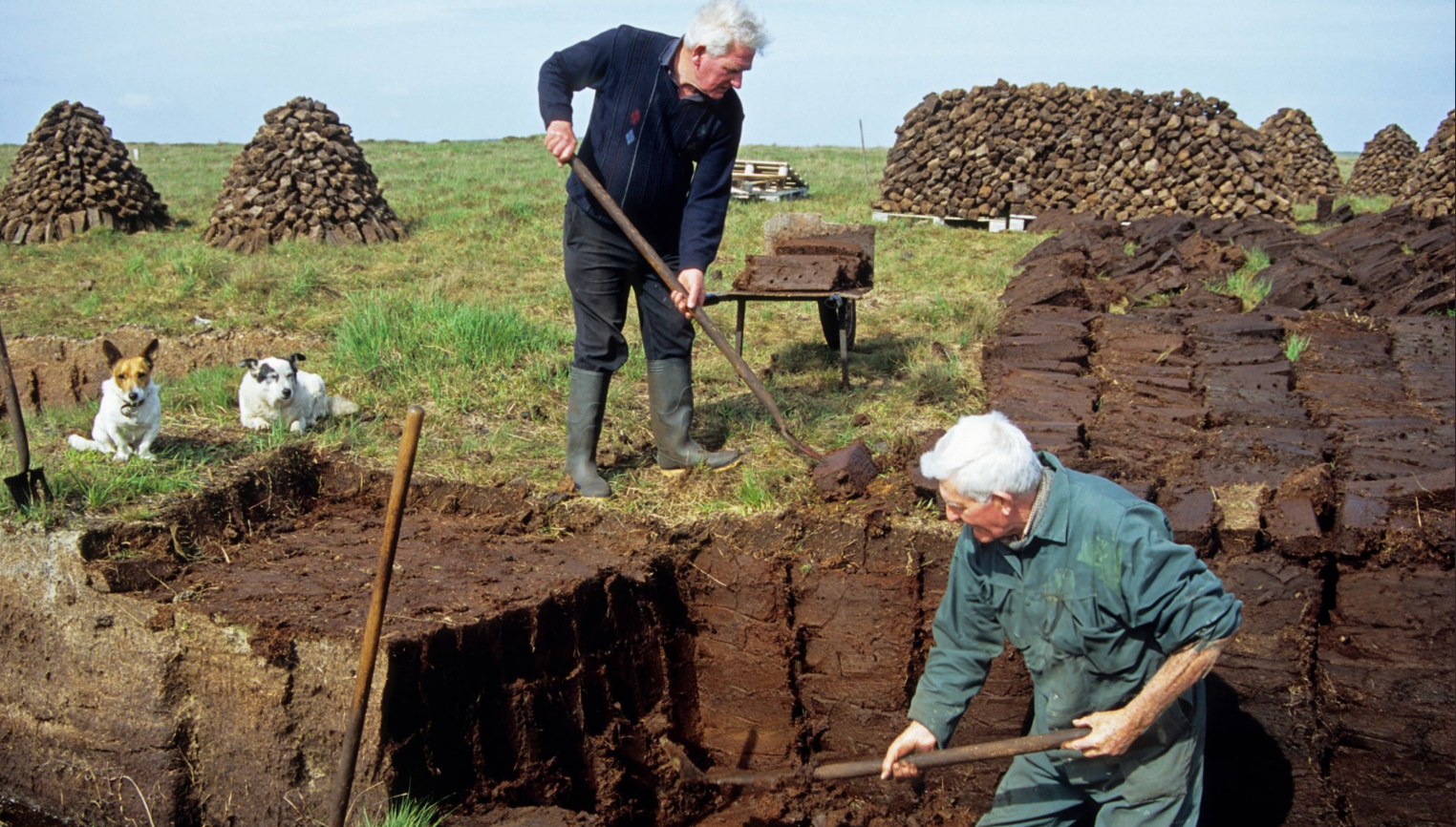Peated whiskey stands out as one of the most intriguing creations in the world of spirits. Renowned for its smoky and complex profile, this unique style has captured the hearts of whiskey enthusiasts worldwide. But what exactly makes peated whiskey so distinct?
To find the answer, we must first explore the rich history and fascinating process behind the creation of peated whiskey. Our guide dives deep into what defines this smoky spirit, its origins, and how it continues to be a staple for whiskey connoisseurs.
What Does “Peated” Mean in Whiskey?
“Peated” refers to the use of peat in the distillation process of whiskey. Peat is an accumulation of organic matter that has been used as a fuel source for centuries. For peated whiskey, manufacturers dry the malted barley using peat fires, which results in that signature smoky aroma and flavor.
The Role of Peat in Whiskey Production
Peat plays a critical role during the malting process, where manufacturers dry barley over a fire fueled by burning peat. This process infuses the barley with phenols from the smoke, which later find their way into the finished whiskey. The level of smokiness depends on how much burning of peat occurs and how long the barley is exposed to the smoke.
Distilleries meticulously control this stage, which allows them to craft a unique flavor profile that defines their whiskey. This creates a broad spectrum of flavors ranging from subtle smokiness to intense, earthy undertones. Without peat, many whiskeys would lack the depth and uniqueness that fascinates enthusiasts.
Peated Whiskey’s History
When examining the history of peated whiskey, we find that the use of peat traces back to a time when people relied on local resources for fuel and heating. Scotland, with its abundant peat bogs, naturally adopted peat as an integral part of daily life, and distillers used it to fuel fires for drying malt.
This practice heavily influenced whiskey production in regions like Islay, where peat became a characteristic feature. Over time, as access to coal, electricity, and gas improved, peat usage in whiskey declined in some areas, but it continued to thrive in others where traditional methods held strong.
Why Peated Whiskey Is Synonymous With Scotland
As mentioned, Scotland sits at the epicenter of peated whiskey production, particularly in regions like Islay, Speyside, and the Highlands. The abundance of peat in Scotland made it a natural choice for whiskey makers in the past.
However, the staying power of peated whiskey in Scotland is also tied to its craftsmanship and heritage. Many distilleries in Islay, for instance, have preserved traditional methods, celebrating the smoky essence as a hallmark of their whiskies. This cultural preservation keeps Scotland as the prime destination for peated whiskey lovers.
Peated vs. Unpeated Whiskey
Manufacturers make both peated and unpeated whiskeys from malted barley and distill them through a similar process. However, the use of peat during drying makes all the difference, with peated whiskey offering unique flavor notes tied to phenols, which include smoke, earth, and spice.
Unpeated whiskey, on the other hand, delivers cleaner, often sweeter or fruitier profiles. Think of these options as two approaches to expressing the versatility of whiskey, with peated standing out for those who crave bold and layered experiences in every sip.
How Peat Is Measured in Whiskey
Phenol levels in whiskey, measured in parts per million (ppm), indicate how peaty a whiskey will taste. A higher ppm generally translates to a smokier and more intense flavor profile. Islay distilleries such as Ardbeg and Laphroaig often showcase whiskeys with high ppm, which are beloved by those who savor robust smokiness.
Meanwhile, regions like Speyside produce subtler iterations, making peated whiskey accessible even to those less accustomed to the bold flavors. This measurable approach offers enthusiasts a way to compare and explore their preferences.
The Smoky Flavor of Peated Whiskey
The smoky flavor of peated whiskey is attributed to an intricate balance of nature and technique. Phenols contribute nuances ranging from medicinal and peppery to warm and earthy. What makes the entire production process even more fascinating is how these elements interact with the barrel during maturation to add new layers of depth.
This complexity has made peated whiskey a staple within luxury spirits collections, representing not only a beverage but a multifaceted sensory experience. The beauty lies in its ability to continually surprise the palate with every sip.
Peated Whiskey Aging
Peated whiskey has a reputation for aging exceptionally well, as its phenolic compounds develop and mellow over time. Younger expressions often display brash smokiness, which transforms into elegant and refined notes as the whiskey matures in oak barrels.
This aging process creates a harmonious balance of peat, wood, and subtle sweetness. Many whiskey collectors prize older peated expressions for their complexity and unparalleled smoothness, elevating these beverages to a revered status among aficionados.
Regional Variations in Peated Whiskey
Peated whiskies from different regions boast unique characteristics influenced by local practices and geography. Most people know Islay malts due to their intense smokiness and maritime influences, often tasting of sea salt and iodine.
The Highlands, meanwhile, produce nuanced peated whiskies with a mix of smoke and fruitiness. Speyside offers a more gentle take, where peat takes a backseat to sweeter malt flavors. This diversity allows whiskey enthusiasts to not only enjoy a range of flavors but also to connect with the distinctive stories each region tells.
Peated Whiskey in Contemporary Culture
Peated whiskey has gone beyond being a mere drink to becoming a symbol of sophistication and bold individuality. Its presence in pop culture, from classic novels to modern television, reflects its legacy and widespread appeal.
Featured in tasting events, whiskey clubs, and prestigious competitions, peated whiskey remains a sought-after indulgence for those who appreciate its balance of tradition and innovation. Its role as a conversation starter and a collector’s item further cements its standing in today’s whiskey culture.
Excited to start your peated whiskey exploration? Served Neat collaborates with master distillers and heritage brands to connect whiskey lovers with exceptional spirits customized to individual tastes. Our platform ensures that your next pour is more than just a whiskey—it’s a masterpiece crafted with care and tradition in mind.


Leave a Reply